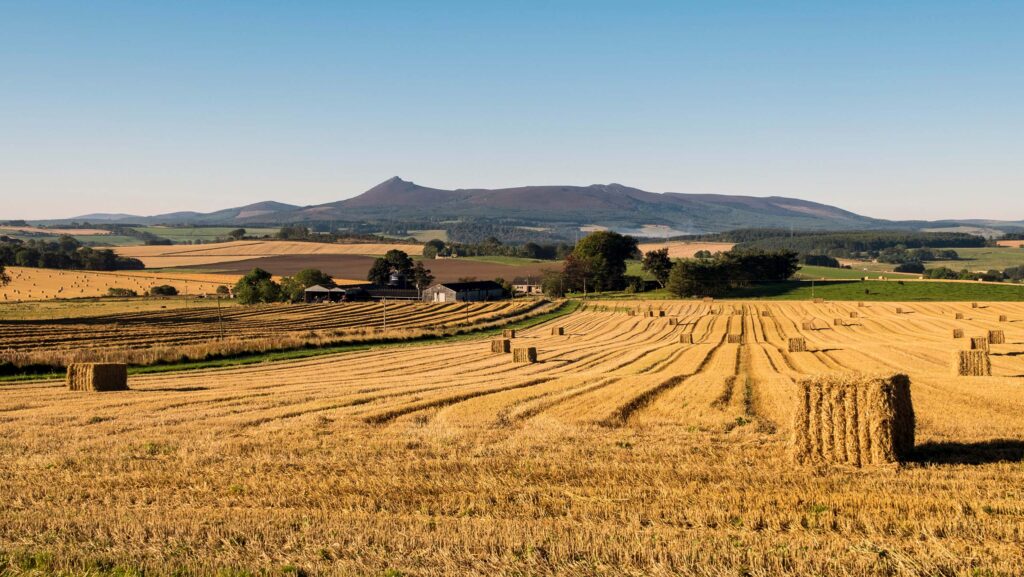Persistent wet weather threatens Scottish harvest prospects
 © Adobe Stock
© Adobe Stock Scottish arable farmers are increasingly concerned about the prospects for the 2024 harvest following persistent rain and falling crop prices.
Parts of Scotland, especially central and south-west regions, received more than double their August average rainfall, according to the Met Office.
The persistent wet weather has severely waterlogged fields and kept machines in the shed in the far west of Scotland. This time last year, the spring barley harvest was well under way, but this year virtually nothing has been cut in this region.
See also: Worst harvest for nearly 40 years at Northumberland farm
Duncan Macalister, a mixed livestock farmer at Glenbarr Farms on the Kintyre peninsula, described the wet weather in August as “unprecedented”.
Last weekend, Storm Lillian brought heavy rain and strong winds to large parts of Scotland, drenching already sodden fields and further delaying the harvest schedule.
“The wet weather is hampering harvest progress and daylight hours are diminishing. As we go into September, the harvest opportunities become less, which is worrying,” said Mr Macalister.
“There has been no harvest or pre-harvest spraying done around here, which will inevitably lead to a late harvest.”
The forage situation is also critical, with multiple cuts of silage stalled and some farmers yet to begin their first cut.
On the east coast, Fife-based farm contractor and agronomist Zander Hughes said farmers were engaging in a “smash and grab” harvest, with limited time available for combining due to the weather. Some had managed only 10 to 12 hours of combining in the past 10 days.
The situation, while not yet disastrous, was causing anxiety, and continued rainfall could significantly worsen the outlook, he added.
Dry fortnight ‘crucial’
Arable farmer Scott Campbell, from Kirkton of Kinellar, Aberdeenshire, said the next fortnight would be crucial for winter wheat and spring barley prospects.
“There’s going to be a lot of harvesting to do at once,” he said. “Crops have been slower to ripen this year. A lot of storage space is going to be required as wheat and barley will be ready at the same time.”
Mr Campbell said a good spot price for spring barley would be crucial to help farm businesses stay viable for the next year.
An NFU Scotland (NFUS) spokesman said a diagonal split was emerging across Scotland of harvest progress.
“If you draw a line from Stranraer to Inverness, on the right of this you are probably able to harvest crops. But if you are on the left, you have probably had serious rainfall and are looking to get crops cut.”
Crop quality concerns
NFUS Combinable Crops Board chairman Jack Stevenson said only a small percentage of spring barley has been cut to date.
“Potential looks good for spring malting barley with low nitrogen and low screenings,” he added.
“But we really need three weeks of uninterrupted sunshine to get the combines rolling. Spring barley is a very time-sensitive crop; the quality starts to deteriorate if you miss the cutting window.”

